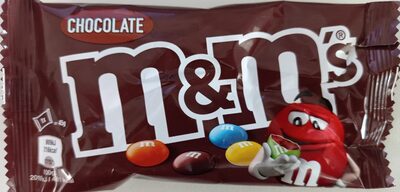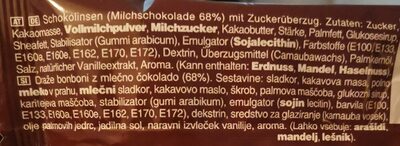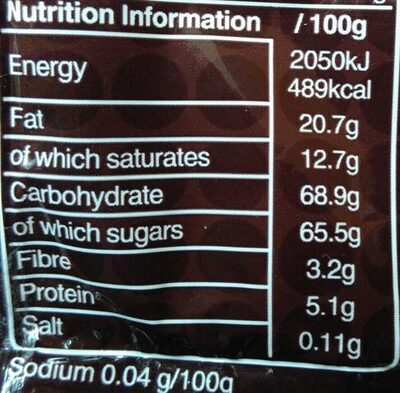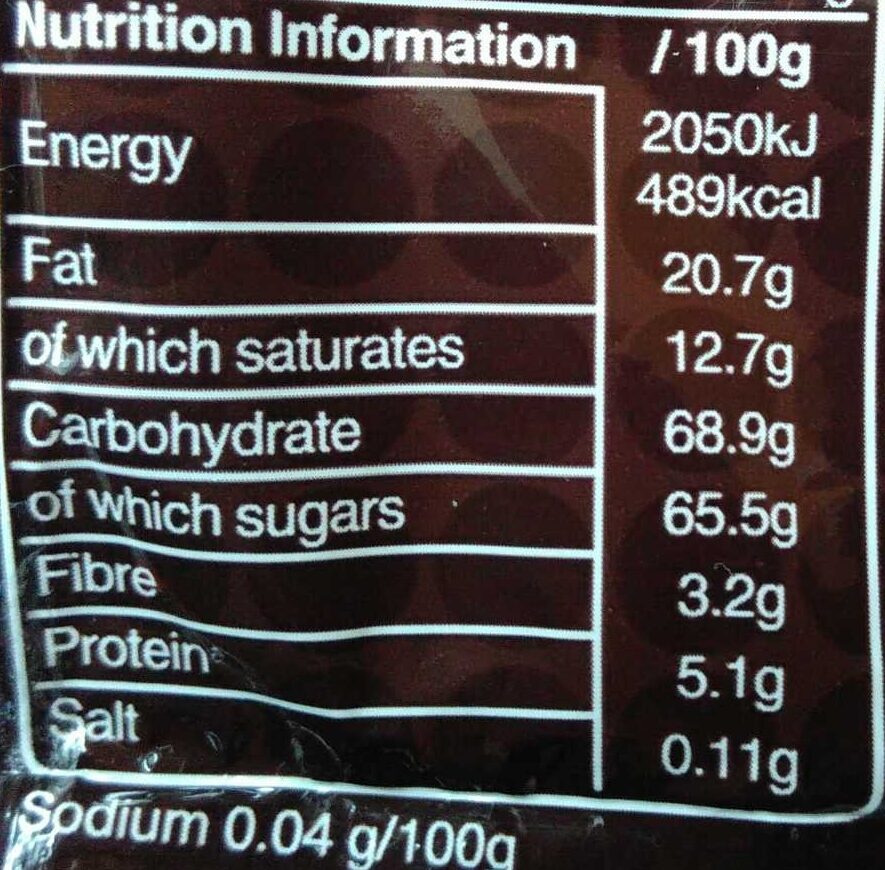m&m's chocolate - 45 g
This product page is not complete. You can help to complete it by editing it and adding more data from the photos we have, or by taking more photos using the app for Android or iPhone/iPad. Thank you!
×
Barcode: 40111490
Ainm coitianta: Milk chocolate (68%) in a sugar shell
Quantity: 45 g
Packaging: en:Plastic
Brandaí: m&m's
Catagóirí: en:Snacks, en:Sweet snacks, en:Cocoa and its products, en:Confectioneries, en:Chocolate candies, en:Bonbons
Country: An Bheilg, An Ghearmáin, An Ríocht Aontaithe
Matching with your preferences
Environment
Packaging
Transportation
Report a problem
Data sources
Product added on ag kyzh
Last edit of product page on ag inf.
Product page also edited by aleene, ayecptn, beniben, emmarawr, foodviewer, g123k, kakao, kiliweb, mojoaxel, moon-rabbit, musarana, openfoodfacts-contributors, packbot, scanbot, tacite, twoflower, vaporous, yuka.WUkwZ1FLNDhwTWdrbDhRdjREYi8xWU5Vem9LMmN6bUtNL01JSWc9PQ, yuka.YktZSks0VUV2LzRQeTh3Zm9pbU4xL0pjNlorYkFIcUdBTXhJSUE9PQ.











